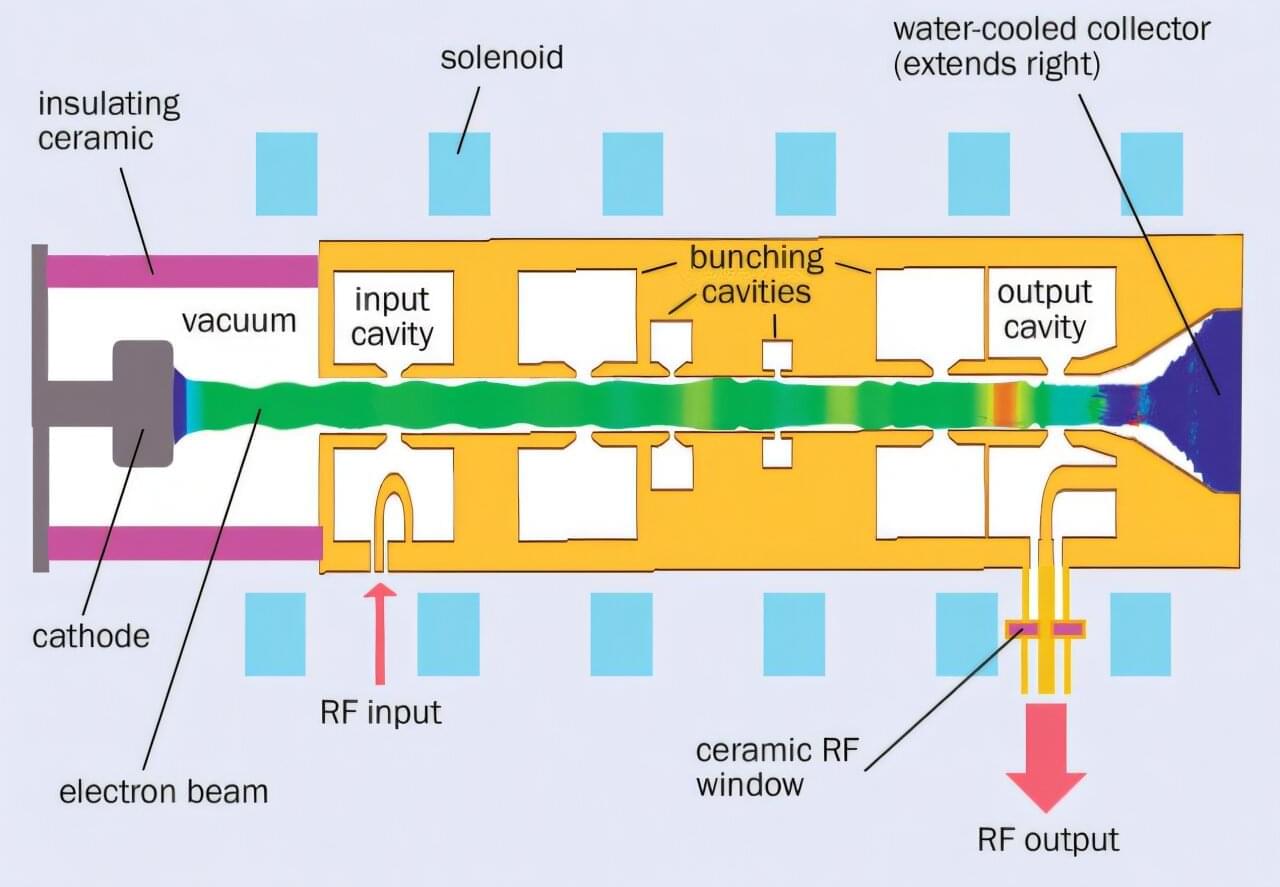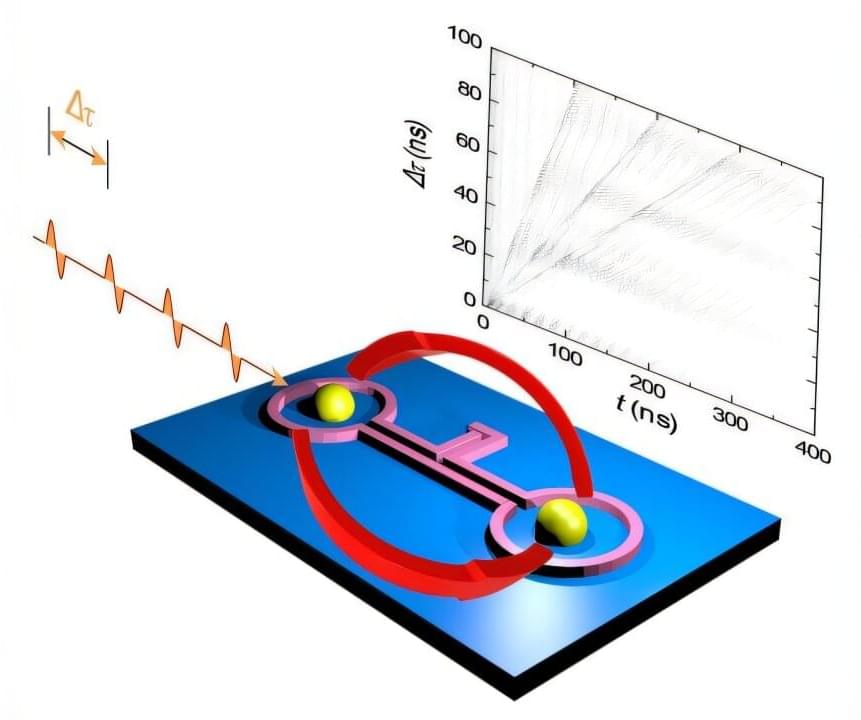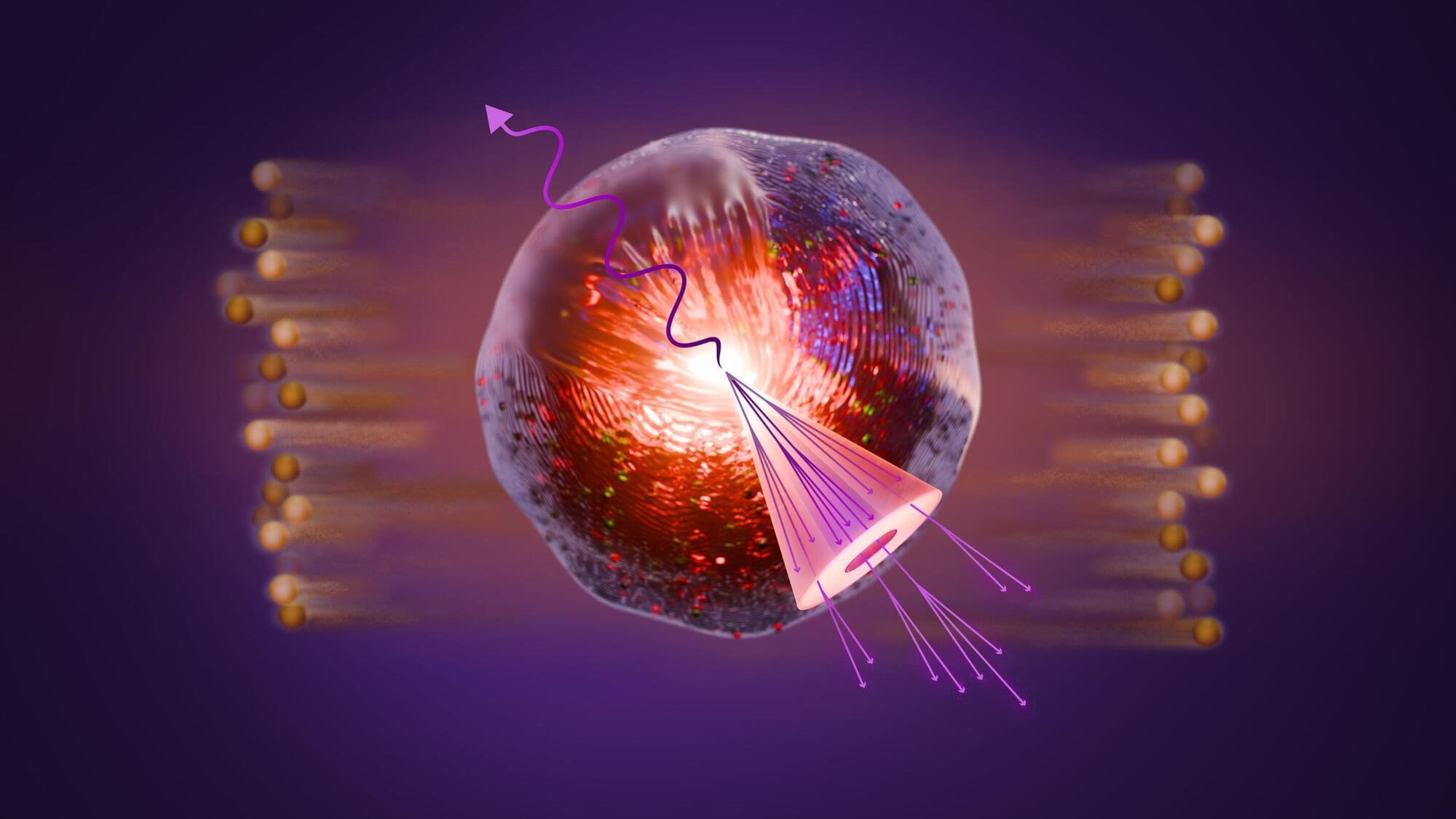New data from particle collisions at the Relativistic Heavy Ion Collider (RHIC), an “atom smasher” at the U.S. Department of Energy’s (DOE) Brookhaven National Laboratory, reveals how the primordial soup generated in the most energetic particle collisions “splashes” sideways when it is hit by a jet of energetic particles.
The evidence comes from the first measurement at RHIC of reconstructed jets produced in collisions back-to-back with photons, particles of light. Scientists have long anticipated using measurements of photon-correlated jets to study the matter generated in these collisions. The findings, described in two papers just published in Physical Review Letters and Physical Review C, offer fresh insight into this primordial soup, which is known as a quark-gluon plasma (QGP)—and raise new questions about its extraordinary properties.
“Measuring reconstructed jets gives us unique views of how the strongly interacting plasma responds as the jets move through it,” said Peter Jacobs, a physicist at DOE’s Lawrence Berkeley National Laboratory and member of RHIC’s STAR Collaboration, which published these results. “Instead of focusing on what happens to the jet, we want to turn it around and see what the jet can tell us about the QGP.”








